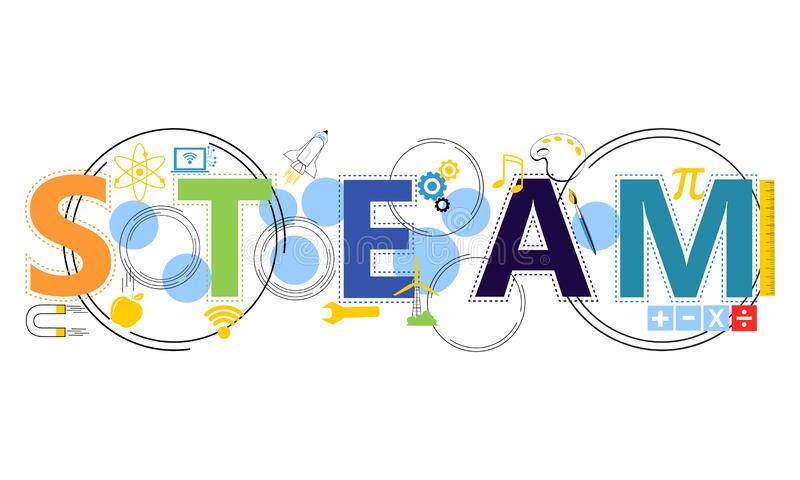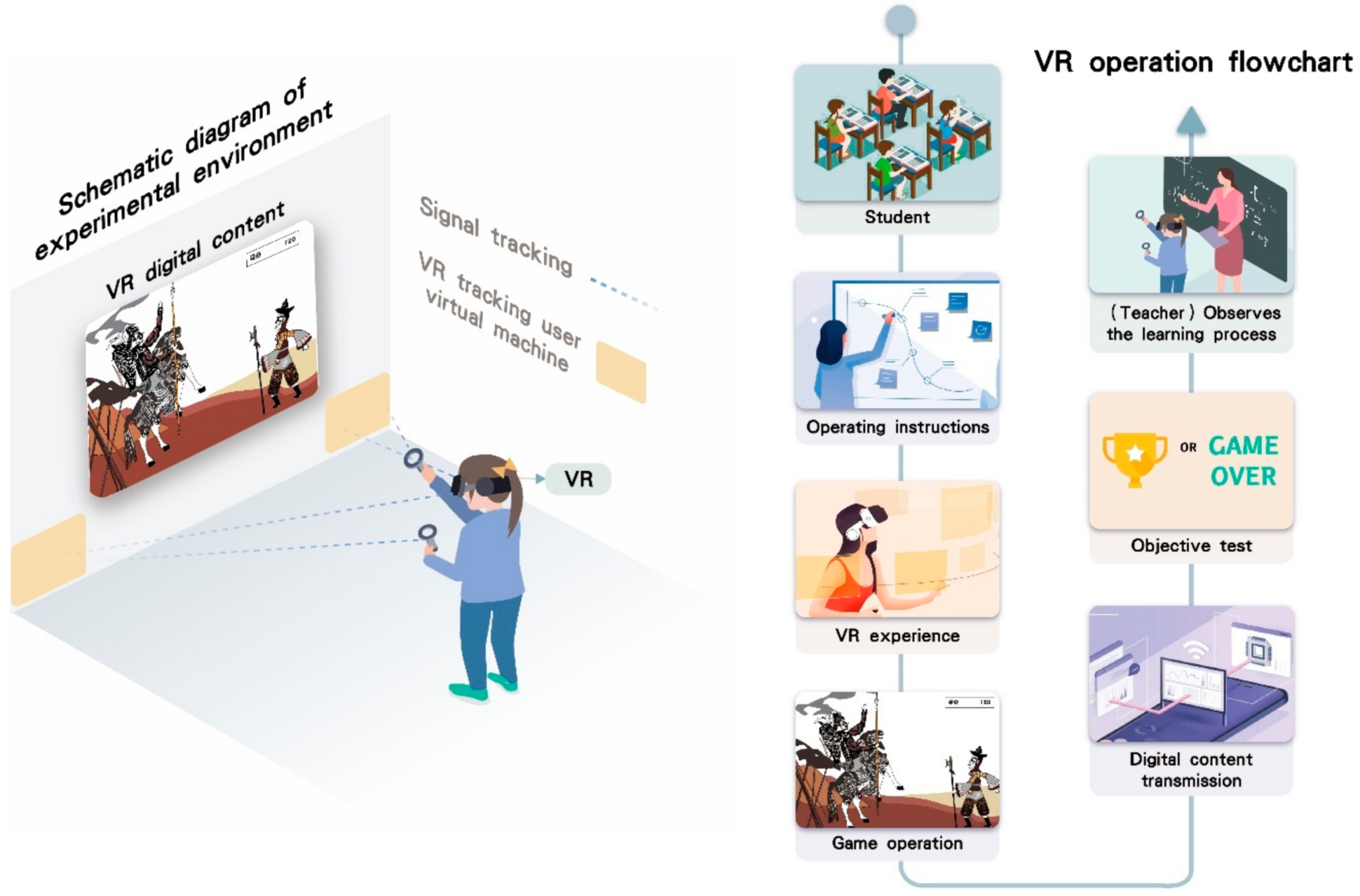STEM’s New Face Creativity & Collaboration
STEM’s Evolving Definition: Beyond the Hard Sciences
For years, STEM – Science, Technology, Engineering, and Mathematics – has been portrayed as a realm of rigid formulas, solitary genius, and unwavering logic. This narrow depiction, however, is increasingly outdated. A new face of STEM is emerging, one that embraces creativity, collaboration, and interdisciplinary thinking as core components of innovation.
The Power of Creative Problem Solving in STEM
The most groundbreaking advancements in STEM fields rarely come from a purely logical, step-by-step process. Instead, they often spring from imaginative leaps, “aha” moments, and the ability to connect seemingly disparate concepts. Consider the development of new materials: a creative approach might involve combining seemingly incompatible substances in unexpected ways, leading to breakthroughs in strength, flexibility, or conductivity. Similarly, innovative software solutions often require thinking outside the box, envisioning user experiences that haven’t existed before.
Collaboration: Fostering Innovation Through Diverse Perspectives
The complexities of modern STEM challenges demand collaborative efforts. No single individual possesses all the knowledge and skills necessary to tackle issues like climate change, developing sustainable energy sources, or combating global pandemics. Successful STEM projects today rely on teams comprising scientists, engineers, designers, programmers, and experts from other fields. This cross-pollination of ideas and expertise fuels innovation and leads to more robust, comprehensive solutions.
Interdisciplinary Approaches: Breaking Down Siloed Thinking
The traditional boundaries between scientific disciplines are blurring. Modern challenges often require a blend of scientific understanding and knowledge from other areas. For example, developing effective public health strategies involves not just epidemiological modeling but also understanding social behaviors, economic factors, and public policy. Similarly, designing sustainable cities necessitates expertise in engineering, urban planning, environmental science, and social sciences.
The Role of Design Thinking in STEM
Design thinking, a human-centered approach to problem-solving, is rapidly gaining traction in STEM fields. This iterative process emphasizes understanding user needs, generating multiple solutions, prototyping, and testing. Design thinking helps ensure that technological advancements are not only functional but also usable, accessible, and meet the needs of the intended users. This user-centric approach leads to more impactful and meaningful innovations.
Cultivating Creativity and Collaboration in Education
To foster this new face of STEM, educational approaches must evolve. Traditional, lecture-based learning needs to be supplemented with hands-on projects, collaborative group work, and opportunities for students to explore their creativity. Integrating design thinking principles into the curriculum can help students develop valuable problem-solving skills and encourages them to approach challenges with innovative thinking.
The Impact of a More Inclusive STEM
A more creative and collaborative STEM environment also benefits from increased diversity and inclusion. Bringing together individuals from diverse backgrounds, experiences, and perspectives enriches the problem-solving process and leads to more innovative and equitable solutions. By fostering an inclusive culture, STEM fields can attract a wider range of talent and address a broader range of societal needs.
Embracing the Future of STEM: A Call for Change
The future of STEM hinges on embracing its creative and collaborative nature. By moving beyond a narrow, formulaic view and fostering a














